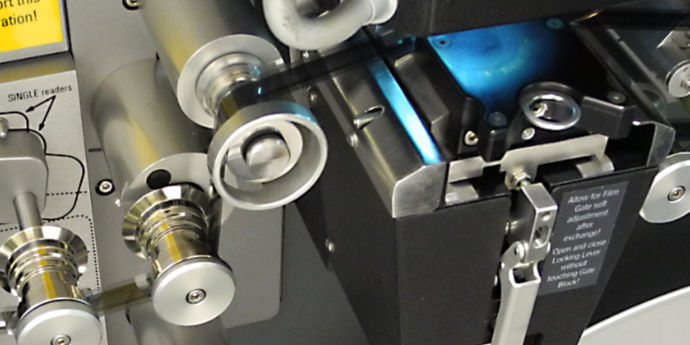Wow, we’re up to the 23rd post in this blog series on restoring the Tarax Show Christmas Pantomime kines. Let’s take a breather and review where we’ve been so far and then map out the next steps.
Where We’ve Been So Far
Here is a chronological list of the posts so far, grouped under headings. Each title is linked to its post (in case you want to go back and read any you missed).
Let’s briefly summarise what’s been done so far.
- Firstly we compiled a list of the available kines and assessed their physical condition. We also looked at the GTV9 film recording system circa 1960, on which these kines were made, which told us about the image resolution we can expect from the kine scans.
- The next substantial step was scanning the kines (telecine). After an unfortunate false start with a Sydney company we found Cutting Edge in Brisbane and had three of the films scanned on a Spirit Datacine at 2K resolution. Subsequently we had two of the films scanned at Gamma Ray Digital in Boston on a Lasergraphics Scan Station.
- Then we assessed the scans in some detail, looking at the anatomy of a kine frame, the problem of jitter, video levels and the soundtrack.
- Finally we did some hands-on experiments with digital restoration and then looked at the process of downsampling the 2K scans for PAL DVD release, including the subject of Pixel Aspect Ratio.
Where to From Here?
So what’s next?
We will downsample the 2K scans using the maths outlined in post 20 “The Mathematics of Downsampling the High Definition Scans for PAL SD”. We want clean, crisp edges for the final PAL SD frame. Hence the downsampling ratio must be such that after final cropping to PAL SD (720 x 576 pixels) the video raster will be cropped slightly — just enough to hide rough edges, but no more. We don’t want to throw away useful picture content. More about this in the next post.
After that we will move onto adjusting levels, frame positioning and various other corrections in Final Cut Pro X.
